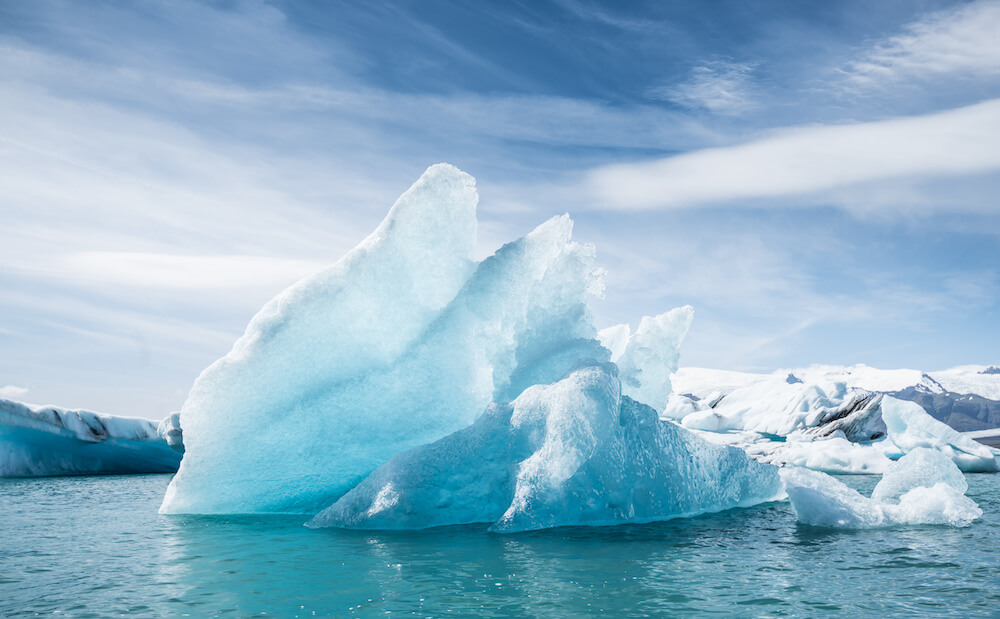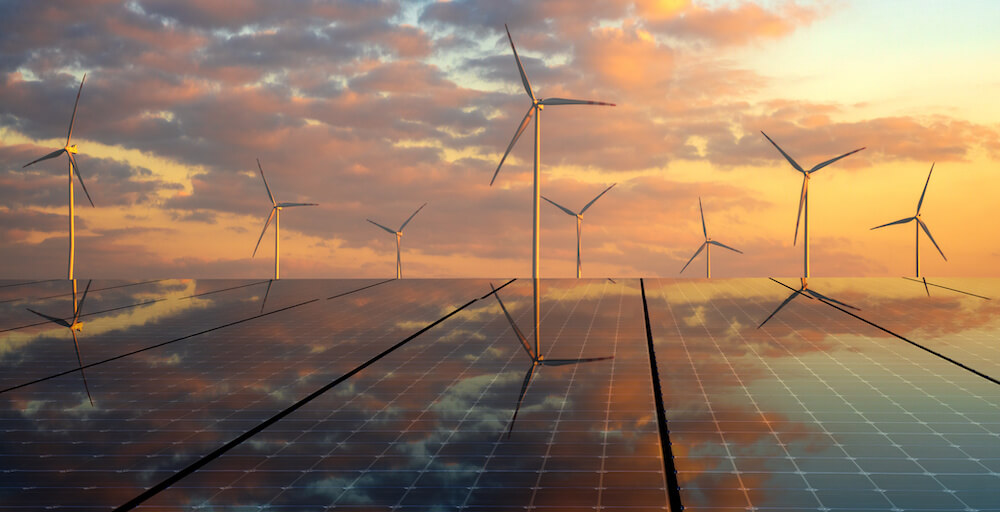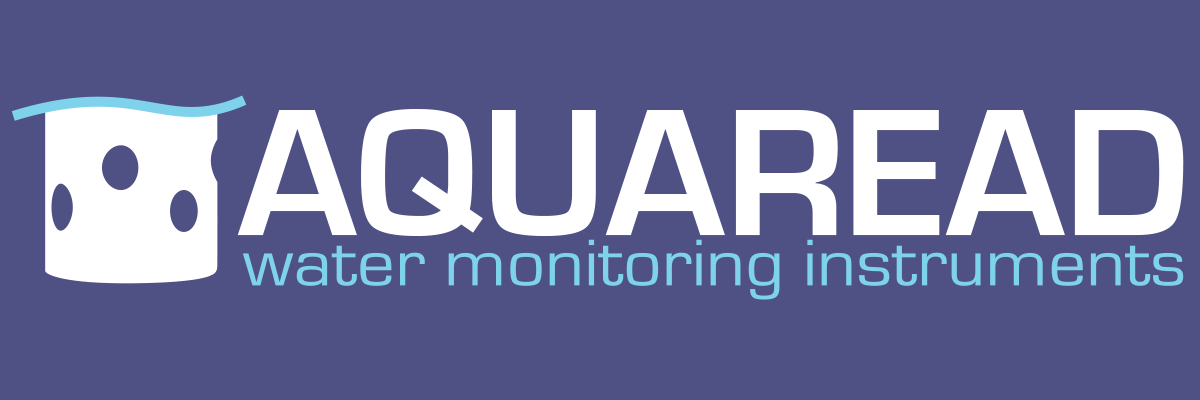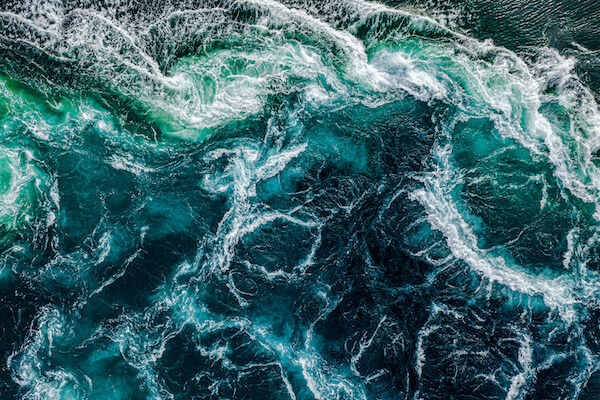The prospect of ‘the future of water’ might sound like an odd one.
Water covers 70% of our planet and the majority of us can turn on the taps to fill up our cups instantly. For those of us that have access to it, we undeniably take water for granted.
But it’s not like that for everyone, and, believe it or not, water’s future is volatile.
Present day
Water is vital for all life on earth. That’s why NASA’s policy is to ‘go where the water is’ when looking for potentially habitable planets.
We need water for biodiversity, for food production, for our survival as a species.
And yet 1.1 billion people lack access to water and 2.7 billion suffer water scarcity for at least one month of the year. Water-borne illnesses are rife for those without access to clean water, making cholera, typhoid fever, and many other illnesses a very real threat for around 2.4 billion people.
We’ve all experienced thirst but the majority of us have never had to worry about when the next drink of water will be available – when we’ll have access to the fuel we need to survive.
Why, then, when the earth is so very blue from space, do we lack water?
Well, usable water is but a fraction of what we see. Only 2.5% of the water on Earth is usable, and 75% of that fresh water is not accessible as it’s inside glaciers and icecaps.
Of the water we can access, 99% of it is in underground aquifers, many of which are not renewable sources.
The cold truth is that we are lapping up water faster than it can be replenished.
Predictions

Water demand is predicted to grow 55% by 2050. When multiple countries already face water shortages, how can we manage this?
In fact, by 2050, 1 in 5 developing countries will experience water shortages.
It’s easy to believe that a water shortage in the UK is simply not possible, but in fact, we’ll be 3.4 billion litres short per day if no action is taken between 2025 and 2050.
The water that we do have across the globe is becoming more and more polluted with agricultural run-off, human waste, domestic wastewater, and pharmaceutical pollutants. So much so that water pollution is one of the leading causes of water scarcity.
Those precious glaciers that hold the majority of the Earth’s fresh water are melting. With climate change intensifying, water levels are rising.
Does that sound a little contradictory? How are we running out of water when, in fact, there seems to be more and more of it?
The reality is that it’s not as simple as that. Glaciers and ice caps are a vital component of our system of natural resources. At a normal rate, seasonal glacier melt makes rivers flow and feeds water to many populations.
But when we tip the balance, glaciers don’t do what we rely on them to do and instead, as they shrink, they provide a smaller contribution to river flow. And because glaciers keep the planet cool by reflecting heat, a vicious cycle begins.
Droughts follow floods, and storms follow dry seasons, and crops die, and land becomes arrid.
Innovation

It is clear, then, that we need solutions now.
The first port of call is to improve our energy systems. As it stands, electricity is one of the biggest consumers of water because of the water required in the cooling cycles of power plants.
Solar and wind power, on the other hand, don’t need water cooling.
And with the world’s energy consumption predicted to increase by 35% (increasing water use by a further 15% in turn), investment in clean energy needs to happen now.
Human wellbeing, ecosystem continuity, and economic & social development are all predicated on access to water and each of these should be kept in mind when coming up with solutions.
So what can we do?
- Manage water more sustainably by using clean technologies to control our use of water, improving global water infrastructure, and efficiently recycling wastewater.
- Control pollution by financing improved sanitation, measuring and monitoring water quality, and creating more effective sewage systems.
- Promote awareness by educating people on the water crisis, from individual consumption to corporate use.
In fact, we’re already seeing innovation in spades.
Solar distillers are one example, evaporating water using solar energy and collecting the vapour on a surface.
Elsewhere, we’re seeing new technologies extracting water from dry desert air using solar energy and a new material called Metal Organic Frameworks.
Further still, wastewater recycling is beginning to be taken seriously.
The SunSpring Hybrid system has been deployed in 30 countries so far, and is a self-contained wind and solar-powered water purification system that can produce 20,000 litres a day for up to ten years. While the average person in the US drains 227 litres a day down the wastewater pipes, this solution is vital.
We shouldn’t treat this planet as disposable now that we’re seeing the repercussions of draining its resources. You’ll notice that every statistic about water shortages to come is caveated with “if we don’t take action now”.
That means that there’s still hope.
If we invest in the future of water now, we have the opportunity to alter the path we’re currently taking.
Protecting water’s future
A crucial part of water protection is water monitoring.
Water monitoring is necessary to measure marine water quality, flood levels, construction run-off, mining data, and a whole host of other applications.
Here at Aquaread, we provide water monitoring and testing equipment for a variety of applications and parameters, and we always operate sustainably – view our environmental policy.
If you’d like to see more, you can browse our products here, or get in touch with us for more information.

